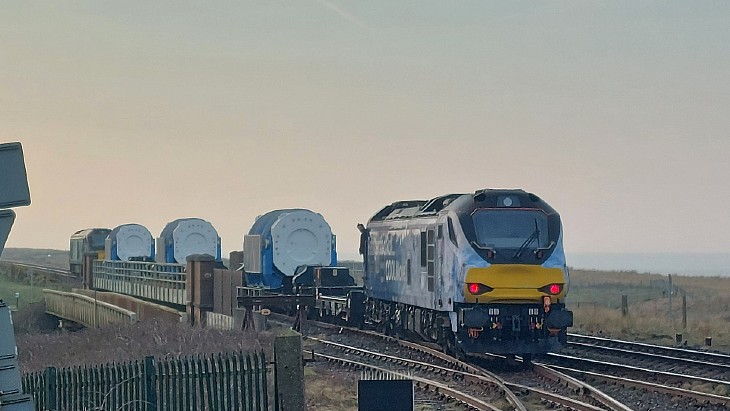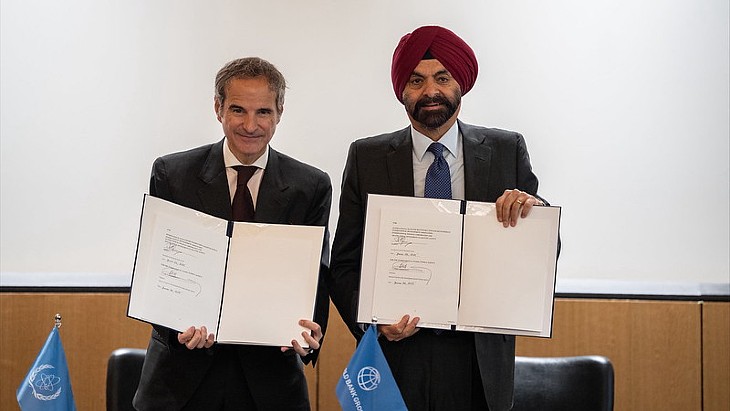Ocean studies test waste management materials
.jpg)
Copper coins surrounded by bentonite clay were submerged 90 metres below the surface in Saanich Inlet, off the coast of British Columbia. The copper coins have now been sent to research partners at the University of Waterloo and the University of Western Ontario for testing to see how well the bentonite clay protected the copper from any microbial activity and other possible corrosive effects. The NWMO intends to use an engineered barrier system with copper-coated used fuel canisters encased in bentonite clay in the deep geological repository it hopes to build in Ontario.
How copper and bentonite clay stand up to harsh oceanic conditions provides insight into how they will behave at depth in the inland repository.The underwater experiment - which NWMO expects to be first of many - creates an environment that allows researchers better to understand their behaviour under pressure and over time.
Jeff Binns, a corrosion scientist at NWMO, said the salty, microbiologically active and low-oxygen environment at the bottom of the ocean provides an accelerated test of conditions in a deep geological repository.
"Eventually, elements of the engineered-barrier system may be sunk as deep as 2.6 kilometres below the surface, further out in the Pacific Ocean. And our experts hope they may even test an entire scaled version of the container, without any used fuel, at those watery depths," he said.
The NWMO is responsible for designing and implementing the safe, long-term management of Canada's used nuclear fuel under a plan known as Adaptive Phased Management. This approach was selected by the Canadian federal government in 2007 and will be implemented over many decades, with site selection and regulatory approvals to be followed by an estimated 10-year period to construct the facility.
A multi-year, community-driven process to identify a site for the repository began in 2010. Five areas - Hornepayne, Huron-Kinloss, Ignace, Manitouwadge and South Bruce - are currently involved as a focus of study. A further 16 communities that were previously engaged in the site selection process are no longer being studied, either because they were screened out based on completed studies, or in one case, withdrew.
_17992.jpg)
_75800.jpg)









